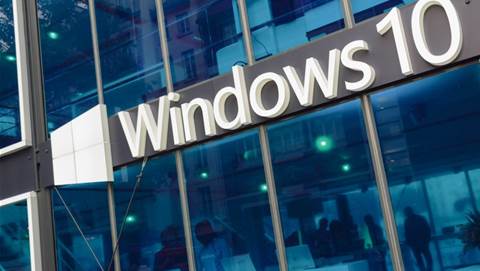The federal government is expecting to save $103.7 million off the cost of its $1.5 billion Centrelink payments system overhaul by using commercially available front-end software and accelerating certain projects.

It revealed the expected saving in its mid-year economic and fiscal outlook (MYEFO) published today.
The government said its decision to use "existing commercially available software to deliver an improved user experience", along with bringing forward the implementation of three unspecified projects, were behind the savings.
The Department of Human Services has been contacted for detail on the three projects and the specific user experience changes.
However DHS has previously revealed that it has turned to the open source Angular framework to revamp its web-based front-ends for quick wins as it works through the massive WPIT program.
It has focused early attention on "speedier claim-to-payment processes" ahead of the significant back-end transformation, and restructured to become a more agile software development shop.
One example has been tweaks to youth allowance claims that have meant faster rejection for incomplete submissions, cutting processing times and the backlog of claims by half.
The government's current second stage of the so-called welfare payment infrastructure transformation (WPIT) program was expected to cost $313.5 million over the four years to 2019-20, on top of the $60.5 million given to the initial design and procurement phase of WPIT in the 2015 budget.
Its MYEFO update today slims the total expected allocation to date of $374 million down to $270 million over the four years to 2020-21.
The first $43.8 million in savings will be achieved this year, followed by $23.1 million in 2018-19, $33.9 million in 2019-20, and $2.8 million in 2020-21.
"The savings from this measure will be redirected by the government to repair the budget and fund policy priorities," the MYEFO statement reads.
Accenture secured the first bundle of work in the WPIT overhaul in March, providing systems integration, rolling out the initial module of SAP software, and migrating student payments.
A panel consisting of HP, IBM, Capgemini, and Accenture will recompete to win contracts for phases three through to five.
The current "tranche two" involves the delivery of payments to students. Alongside the development of core system capability, it will see "more efficient and automated claim and assessment processes" implemented, as well as a new "omni-channel user interface", segmentation and risk profiling.
It is intended to serve as a “reusable template for delivering subsequent payments," the Department of Human Services has said.
The third stage will see job seeker payments migrated, followed in succession by families payments, and then seniors, pensioners, and other remaining payments.
The core Centrelink system that is being replaced by the SAP solution was built in 1984 and stores 32.5 million customer records, each containing around 32,000 fields. It is built on 30 million lines of code and holds 160TB of data.
Update 19/12/17: DHS has provided detail on the three projects that will be brought forward to allow for the cost reduction.
It said a data quality project to clean data and support data migration activities; the transfer of welfare claims from the old platform to the new system; and the transformation of collection and management of student claims data would all now start next year.
"These projects will be completed using commercially available software from SAP Australia and other providers," a spokesperson told iTnews.
"This will be supported by other technologies, which are currently undergoing contractual negotiations and cannot be discussed further at this time."

























